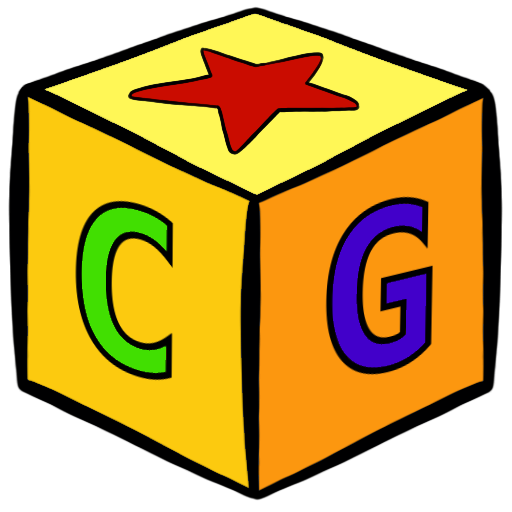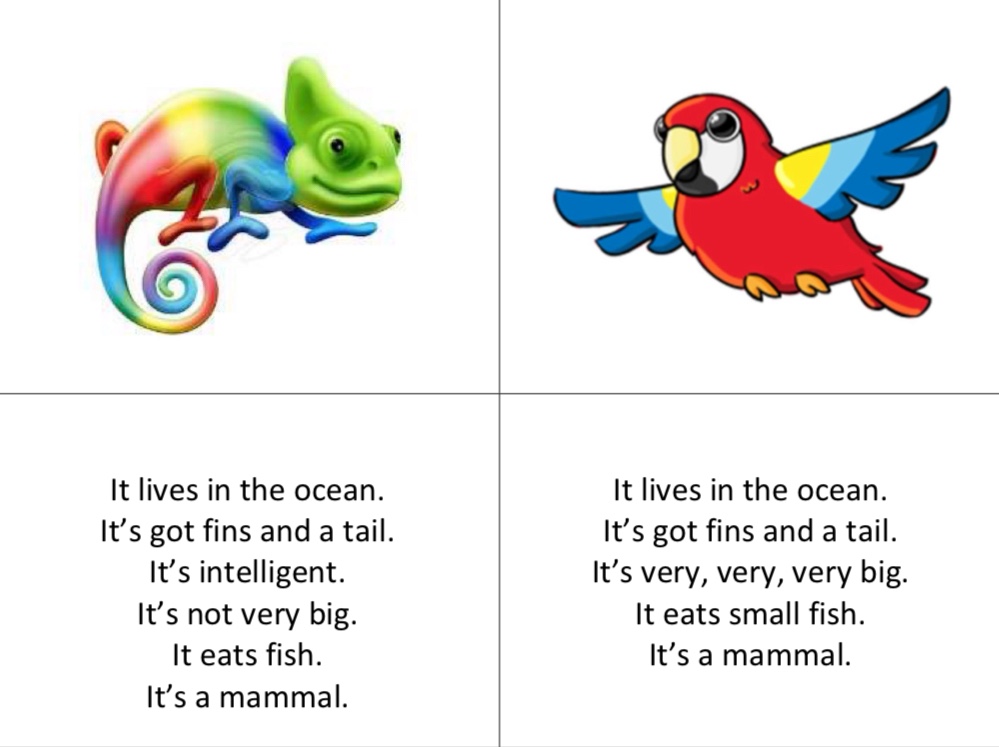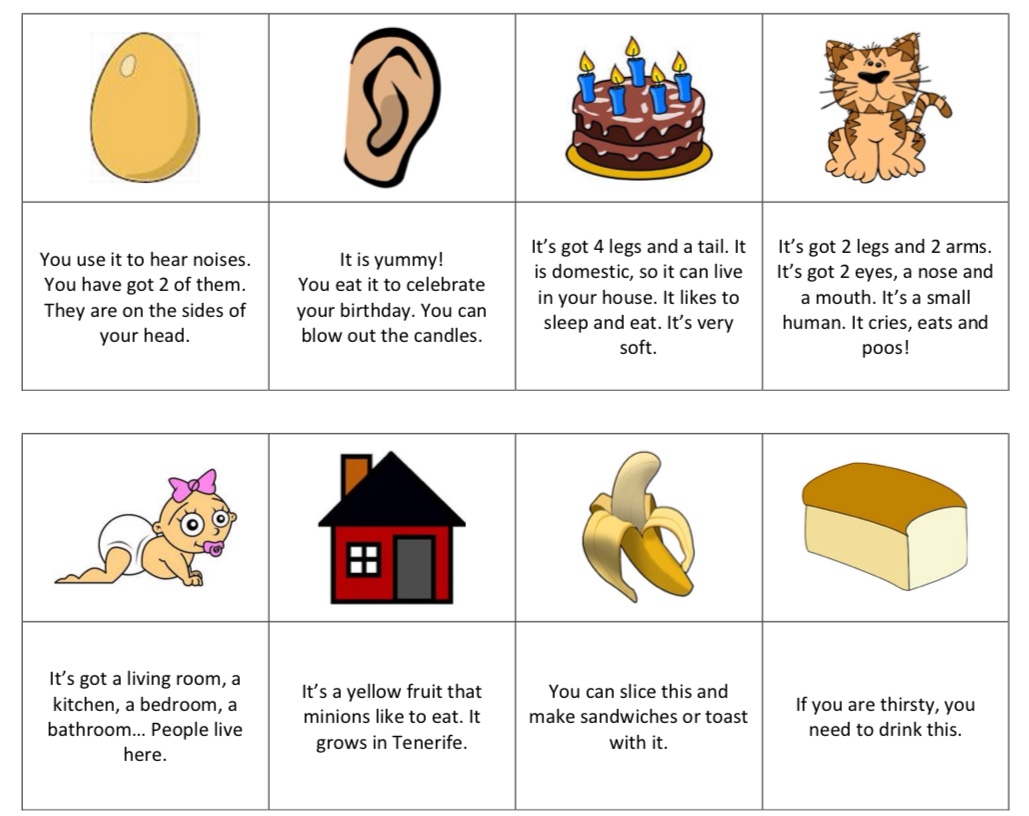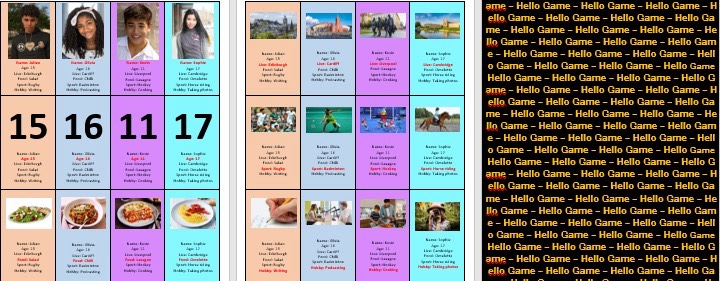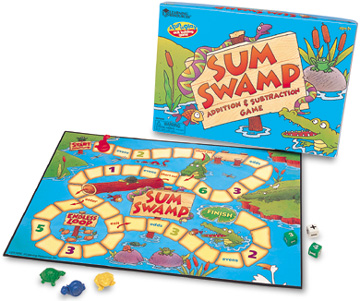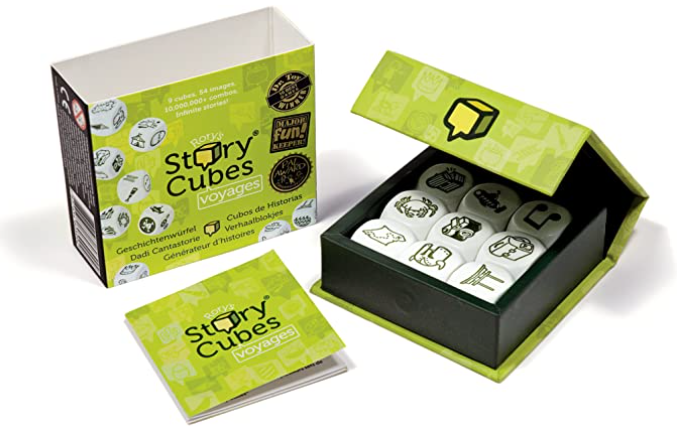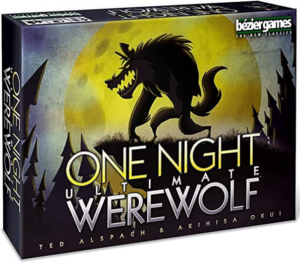This is a review of a game which I use in class and I find particularly good for students to encourage speaking. It’s a type of game called a ‘hidden role’ game called One Night Werewolf. At the end of this post are 2 free themed downloadable adaptations of this game that I have made too.
It is by Bezier Games and you can buy a copy of it from here : https://amzn.to/3DqGjuC (this is an affiliate link that will support this site if you use it) or alternatively, if all your students have mobiles, you can play it online for free here : https://netgames.io/games/onu-werewolf/
How to play
The object of the game is to find out who is the Werewolf. There are two phases in the game, the night phase and the day phase. The night phase is first, followed by the day phase.
All students take a character card and there are 3 cards in the middle of the table. Each character has a different action during the night phase of the game and they do it in a set order as follows:
- Werewolf – First checks if there are other werewolves. If there are not, they may look at 1 card from the centre.
- Seer – Can look at one other player’s card, or 2 of the centre cards.
- Robber – Changes their own card with another player’s card, then looks at their new card.
- Troublemaker – swaps the cards of two other players. Doesn’t look at anything.
- Drunk – Swaps their own card with one from the centre, but cannot look at the new card.
- Insomniac – After all other actions have been done, they are allowed to look at their own card again to see if it has been changed.
- Villager – Has no action.
There are other characters, but these are the main ones. Once you have played the game a few times, you might want to start adding more, but to start with, these are complcated enough!
Night phase
At the beginning of the night phase, all students close their eyes. There is a recording that plays on the accompanying app that you can play on a mobile phone, which tells each character when they should open their eyes, what they should do, and when to close their eyes again. It’s important that nobody cheats!
If you are using the mobile app, it does everything for you on the screen.
Day phase
Once the night phase is over, the day phase is a timed period – usually about 3 minutes, but you can set it as short or long as you like – where students can discuss who they are and what they did during the night.
At the end of the designated time period all players vote on who is the werewolf.
During the discussion, students might say thigs like… “I am the robber and I changed my card with…. and my new card was…” or “I was the Seer and I looked at 2 cards from the middle. They were the Robber and Villager.”
The werewolf must try not to be discovered, and the other players must try to discover who is the werewolf. The werewolf must therefore listen to other players and try and make up a plausible lie, whereas all the other players must listen to try and figure out who is lying.
It’s important that noone looks at their cards at all until after the discussion has finished and voting has been done.
It’s a great game for students from about 10 years old upwards. I’ve used it with 8 year-olds with some success, but it’s not usual for children of this age to have developed the mental skills to understand these types of games.
Free adaptations
I have made 2 adaptations of this game called ‘One Christmas Night’ and ‘One Dinosaur Night’ which are obviously Christmas and Dinosaur themed. You can download the PDFs and the accompanying audio recordings for both of these games on the links below.
If you want to see a video explaining the game, please check out my TikTok account… and maybe support me by commenting, liking or following me on social media (I post on Instagram a little less regularly too). I post videos about all the new materials as and when I upload them.
Enjoy! 🙂
Downloadable files
